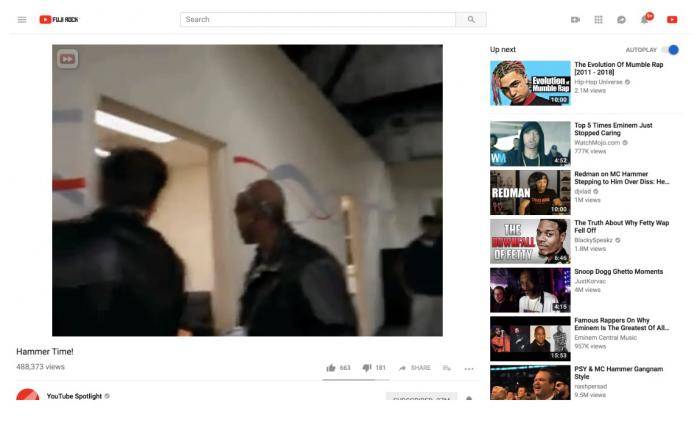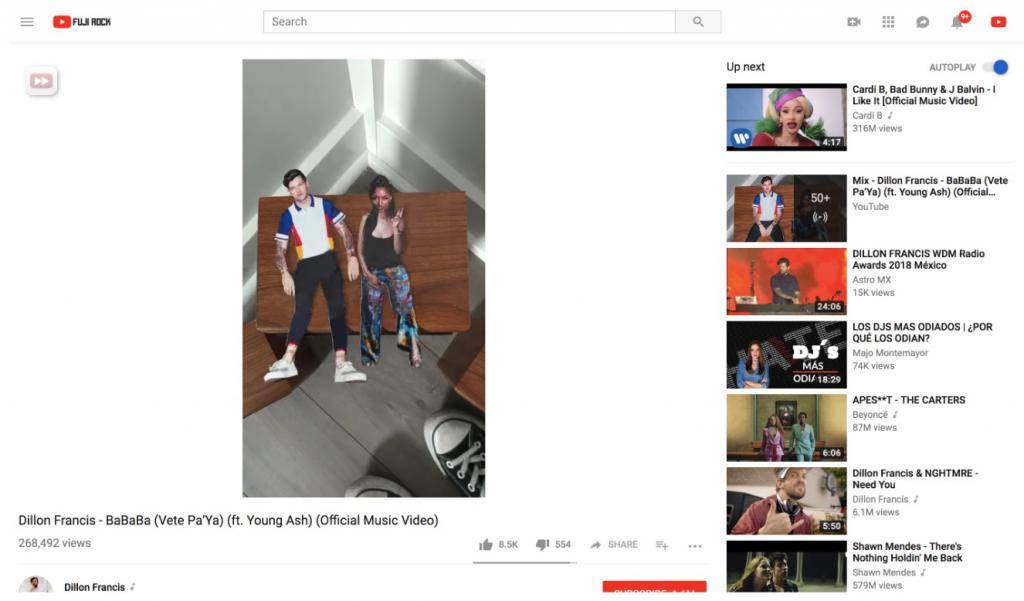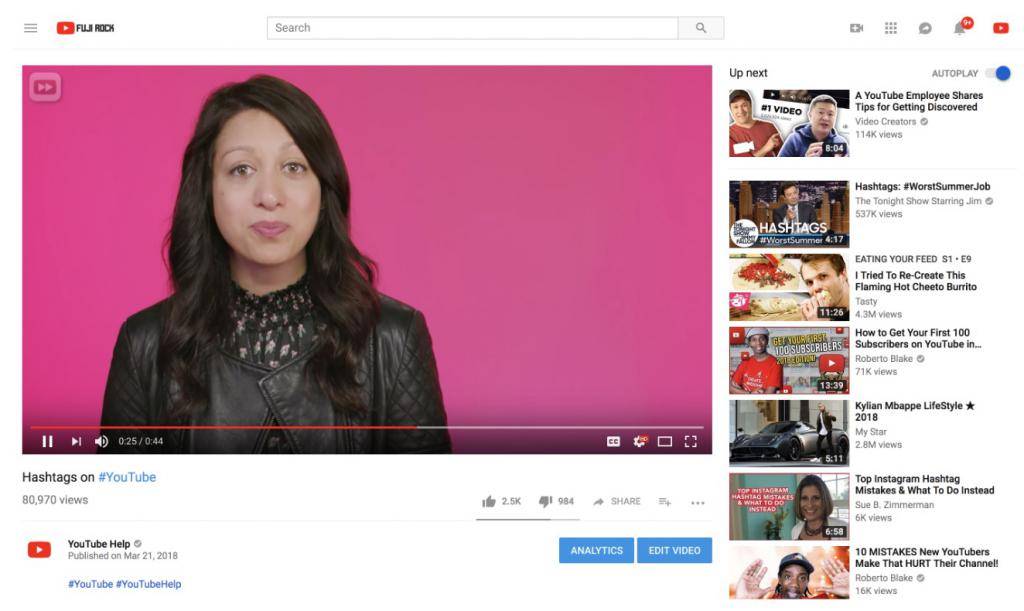
There used to be a great debate as to what the “proper” way is when taking videos on your mobile device. Some were loyal to the horizontal format while others said that vertical is more convenient and also practical when looking at a smartphone’s orientation. But YouTube says that it doesn’t really matter what direction you choose to take and upload it as long as you upload videos on their platform. Now they’re rolling out the orientation agnostic version of videos on the web version after bringing it to the Android app.
When we say orientation agnostic, we mean that you won’t see the vertical black bars on the side that we previously saw and maybe found a bit weird and distracting. The desktop player now will automatically adjust the video that you’re watching to the proper aspect ratio to match your computer’s screen size. This means your video will not be dwarfed by the black bars when you’re viewing it on your laptop or computer. This applies to those that have 4:3 aspect ratio and vertical videos.

For those that are in the standard 16:9 HD aspect ratio, some of the screen’s extra white space will not affect the video quality but will instead actually enhance the video size. All these new changes will supposedly match what was previously rolled out for mobile devices and also the other rival video platforms that were ahead of YouTube when it came to becoming more friendly with vertical videos.

The update started rolling out last Friday, but some users were complaining that it actually made some of their videos look smaller and it even cut off some parts of the video and also lowered the quality. For example, if your video was wider than the 640 x 480 screen, it still forced it into that size which didn’t look good. Some have requested a way to opt out of this automatic resizing.
Google didn’t respond directly to the complaints but they did say that users can leave their comments in the thread and they will try to work on it and prioritize requests if you submit feedback through their tool. You can check out the thread in the link below.
SOURCE: Google









